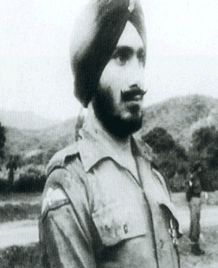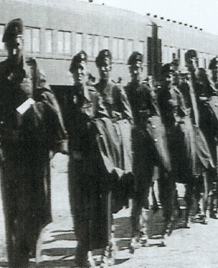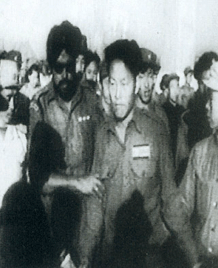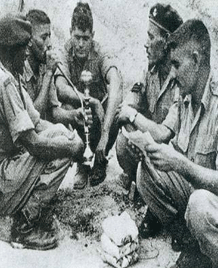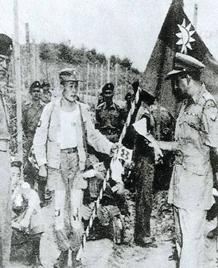 India
India
List for UN Allies
Background of Participation
The Indian government decided to dispatch a medical support unit to South Korea in the early November 1950. Accordingly, the 60th Field Hospital, which had operated in the World War, prepared for the participation in the Korean War. The Field Hospital was composed of two surgery teams and one dentistry team. It also had transport units, food, cloth, and reserve supply for 6 months. The 60th Field Hospital, led by Lieut. Colonel Rangaraj, arrived in Pusan on November 20, 1950.
Activitiy of the 60th Field Hospital
On December 4th, as its first mission in the Korean War, the Field Hospital moved to Pyongyang to support the British 27th Brigade. Just one day after its arrival, the Indian field hospital withdrew as UN forces had decided to retreat from Pyongyang. When the 60th Field Hospital assembled in Seoul, the US 8th Army decided to divide it into two units. The main body led by Lieut. Colonel Rangaraj supported the 27th Brigade while the other unit led by Major Banerjee served as a rear hospital for the British Commonwealth units at Daegu. On January 6, 1951, the 60th Field Hospital was attached to the 27th Brigade moved from Uijongbu to Janghowon as UN forces had withdrawn to the 38th parallel. Around this time, the Field Hospital Unit, which had moved to Daegu, opened the rear hospital.
The Indian personnel had difficulties in overcoming the cold weather of Korea. The 60th Field Hospital dispatched medical corpsmen to the front in order to convey the wounded. The Australian Battalion was engaged in a fierce fighting against the enemy on the Hill 641 at the end of February. Medical officers(5) and soldiers(7), who had been trained for the airlift, supported US Airborne Combat Unitas operation of the Munsan airlifting at the end of March. When the British Commonwealth 1st Division launched Operation Commando on October 3rd, the Field Hospital supported the attacking unit, possessing medicines and operation facilities. Unfortunately, two of the medical personnel were killed and 14 wounded in this operation. In August when over 150 persons suffered from trachoma in an orphanage, the detachment in Daegu isolated them and cured them with medicine obtained urgently from Japan. On September 13th to the 14th, Chinese forces made artillery strikes on the headquarter of the 60th Field Hospital, one personnel was killed and 7 wounded.
Nonetheless, some of the wounded refused to be sent back and rear, and continued to give medical treatment to other wounded soldiers. At the end of January 1953, the British Commonwealth Division turned over its operation area to the US 2nd Division. It switched to a reserve unit at Dongduchon. The 60th Field Hospital could maintain its units for the first time since its entry into the war. After the middle of April when the British commonwealth Division returned to the front, the fighting between the UN and Communist sides became heated because the two sides tried to secure advantageous locations before the armistice. As a result, the number of the wounded increased rapidly. The 60th Field Hospital devotedly served to give medical treatment to about 230 casualties until July 27th. As the Indian government dispatched the Indian Supervision unit to guard non-repatriated prisoners of war after the armistice, the 60th Field Hospital withheld its departure and supported the supervision unit. The Field Hospital withdrew from Korea in 1954.

